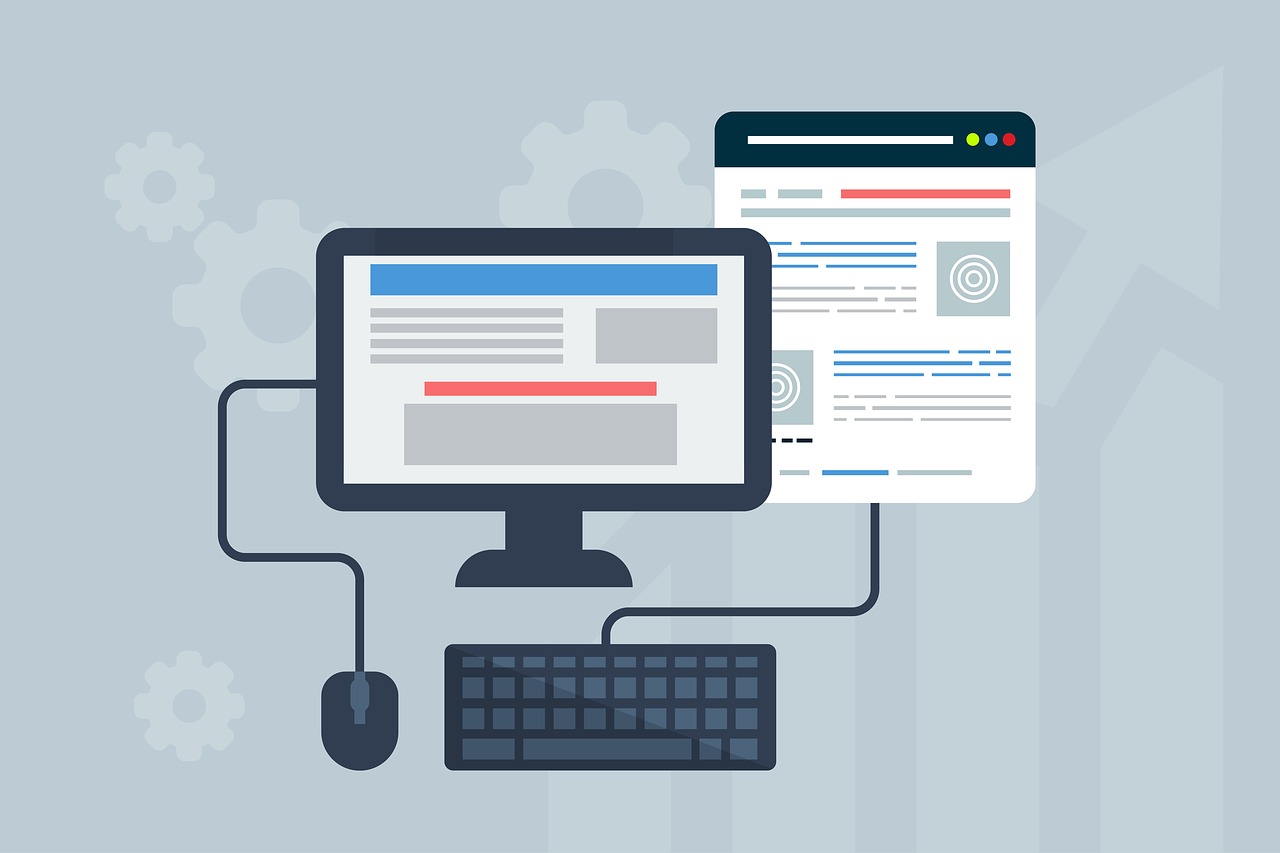A Developer’s Guide to Website Performance Optimization
 Virtual Oplossing Pvt. Ltd
Virtual Oplossing Pvt. Ltd
In today’s fast-paced digital world, users expect websites to load quickly, respond smoothly, and deliver seamless experiences across devices. If your website is sluggish or unresponsive, users won’t hesitate to abandon it—often within seconds. That’s why performance optimization is a top priority for developers and businesses alike. With the help of expert web development services, developers can implement proven techniques to enhance speed, usability, and reliability.
This guide explores key performance optimization strategies that every developer should know and integrate into their workflow.
Why Website Performance Matters
Website performance directly impacts user experience, SEO rankings, conversion rates, and bounce rates. A delay of even one second can lead to a significant drop in conversions. Google’s Core Web Vitals—a set of metrics focusing on load time, interactivity, and visual stability—have made performance more critical than ever for search visibility.
That’s where expert web development services make a difference. Their strategic approach ensures websites not only look good but perform exceptionally well under real-world conditions.
1. Minimize HTTP Requests
Every element on a webpage—images, scripts, stylesheets—requires an HTTP request. The more requests a page makes, the longer it takes to load. Developers can optimize this by:
Combining CSS and JavaScript files
Using image sprites
Eliminating unnecessary plugins or libraries
Reducing the number of server requests is a fundamental step toward improving load speed.
2. Optimize Images and Media
Images often make up a large portion of a website’s weight. Optimizing them without compromising quality can drastically reduce load time.
Use next-gen formats like WebP or AVIF
Compress images using tools like TinyPNG or ImageOptim
Implement responsive images with the
srcsetattribute
Expert web development services automate image optimization within build pipelines to ensure consistent results.
3. Enable Lazy Loading
Lazy loading defers the loading of non-critical resources (like images and videos) until they’re needed. This means the page loads faster initially, especially on mobile devices.
Modern browsers support lazy loading natively with the loading="lazy" attribute, making implementation straightforward and efficient.
4. Use a Content Delivery Network (CDN)
CDNs distribute website content across global servers so users access data from the nearest location. This reduces latency and improves speed for international users.
Leading CDNs like Cloudflare, Akamai, or Amazon CloudFront are often integrated by teams providing expert web development services to ensure global performance optimization.
5. Minify CSS, JavaScript, and HTML
Minification removes unnecessary characters, spaces, and comments from code files, reducing their size and improving load speed. Tools like UglifyJS, CSSNano, and HTMLMinifier automate this process during deployment.
Automating minification in build workflows guarantees consistency without manual effort.
6. Implement Browser Caching
Caching allows frequently accessed files (like logos, CSS, or JS) to be stored in a user’s browser. This prevents them from downloading the same resources on every visit.
Set appropriate cache headers (Cache-Control, Expires) to leverage browser caching effectively and enhance repeat-visit performance.
7. Optimize for Mobile Performance
With mobile traffic accounting for over half of global web usage, mobile-first optimization is a must. Key steps include:
Responsive design for different screen sizes
Mobile-optimized images
Avoiding resource-heavy scripts
Expert web development services test across multiple devices and screen resolutions to ensure mobile performance is on par with desktop.
8. Prioritize Critical Rendering Path
The critical rendering path is the sequence of steps browsers take to render content on the screen. Optimizing it involves:
Inlining critical CSS to speed up initial render
Deferring non-essential JavaScript
Reducing render-blocking resources
These changes significantly reduce Time to First Paint (TTFP) and improve perceived load speed.
9. Use Performance Monitoring Tools
Regular performance testing is key to long-term success. Tools like:
Google PageSpeed Insights (for performance scores and suggestions)
Lighthouse (for in-depth audits)
WebPageTest (for global testing and waterfall analysis)
These tools help developers pinpoint bottlenecks and validate improvements made during optimization.
10. Server and Hosting Optimization
No matter how well the front end is optimized, poor server performance can negate all efforts. Choose a reliable hosting provider with:
SSD storage
HTTP/2 support
Fast DNS resolution
Built-in caching tools
Expert web development services often recommend managed hosting tailored for performance, such as Kinsta, WP Engine, or DigitalOcean.
11. Reduce JavaScript and Third-Party Dependencies
Excessive JavaScript and third-party integrations can slow down websites. Remove unused scripts and minimize third-party scripts (like ad trackers, social plugins) wherever possible. Always assess the tradeoff between added functionality and speed.
12. Adopt Modern Development Frameworks
Modern frameworks like React, Vue, and Svelte include built-in performance optimization tools like tree shaking, code splitting, and server-side rendering (SSR). These features help create faster, leaner applications from the ground up.
Expert web development services leverage these frameworks to build scalable, high-performing websites customized to client goals.
Final Thoughts
Website performance optimization is not just a technical enhancement—it’s a business imperative. Faster websites attract more users, improve engagement, and convert better. Developers who embrace performance best practices deliver superior digital experiences that stand out in a competitive landscape.
Whether you're managing a small business website or a large-scale application, investing in expert web development services ensures that performance is built into every layer of your digital presence. From streamlined code to efficient infrastructure, these services turn slow-loading websites into fast, high-performing platforms ready to meet modern user expectations.
Subscribe to my newsletter
Read articles from Virtual Oplossing Pvt. Ltd directly inside your inbox. Subscribe to the newsletter, and don't miss out.
Written by

Virtual Oplossing Pvt. Ltd
Virtual Oplossing Pvt. Ltd
Welcome to Virtual Oplossing Pvt. Ltd, offering expert IT services including software development, content creation, digital marketing, and design. We leverage innovation and technology to drive your business forward. Discover our solutions today.